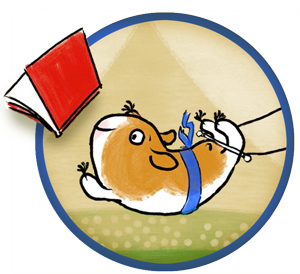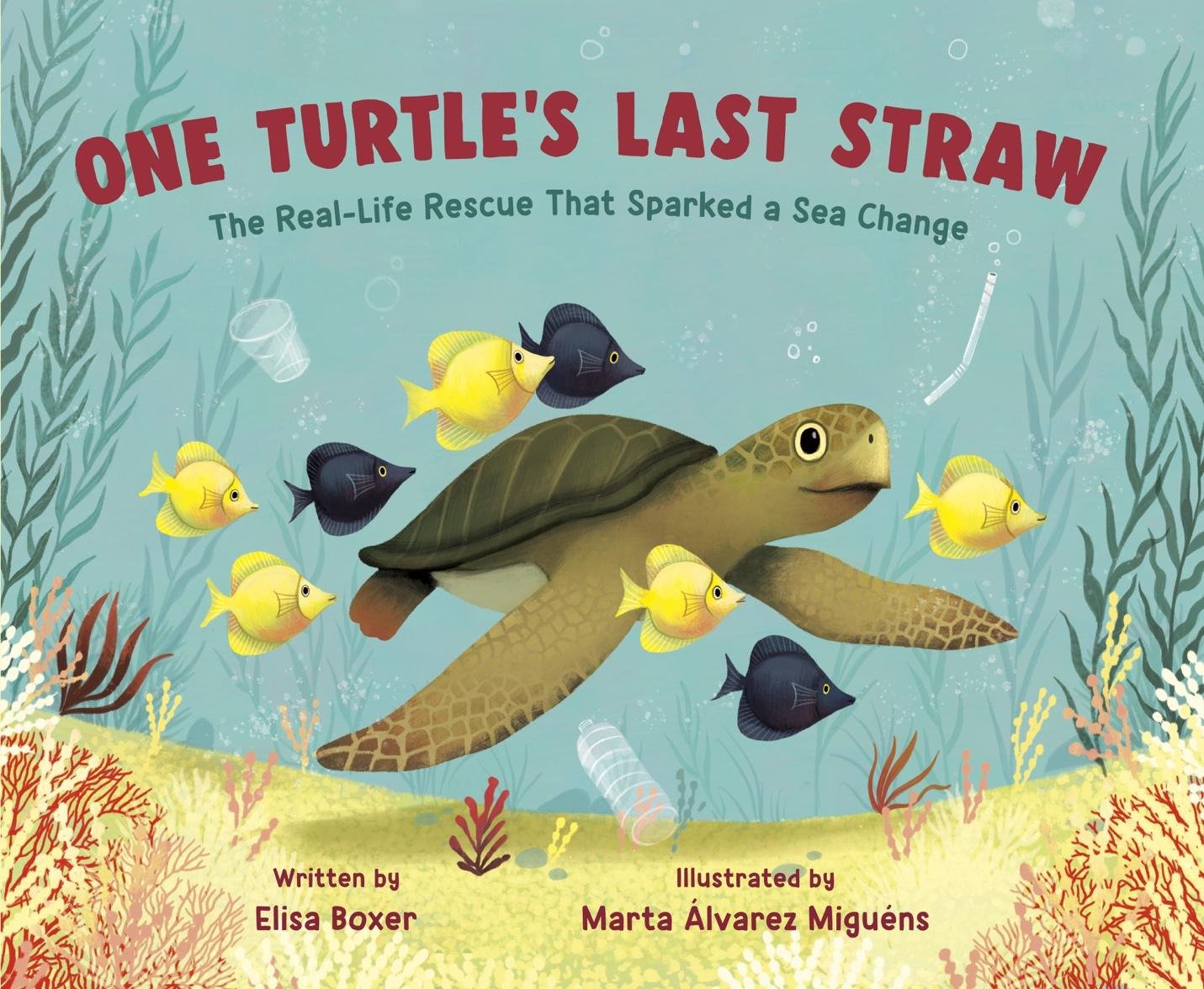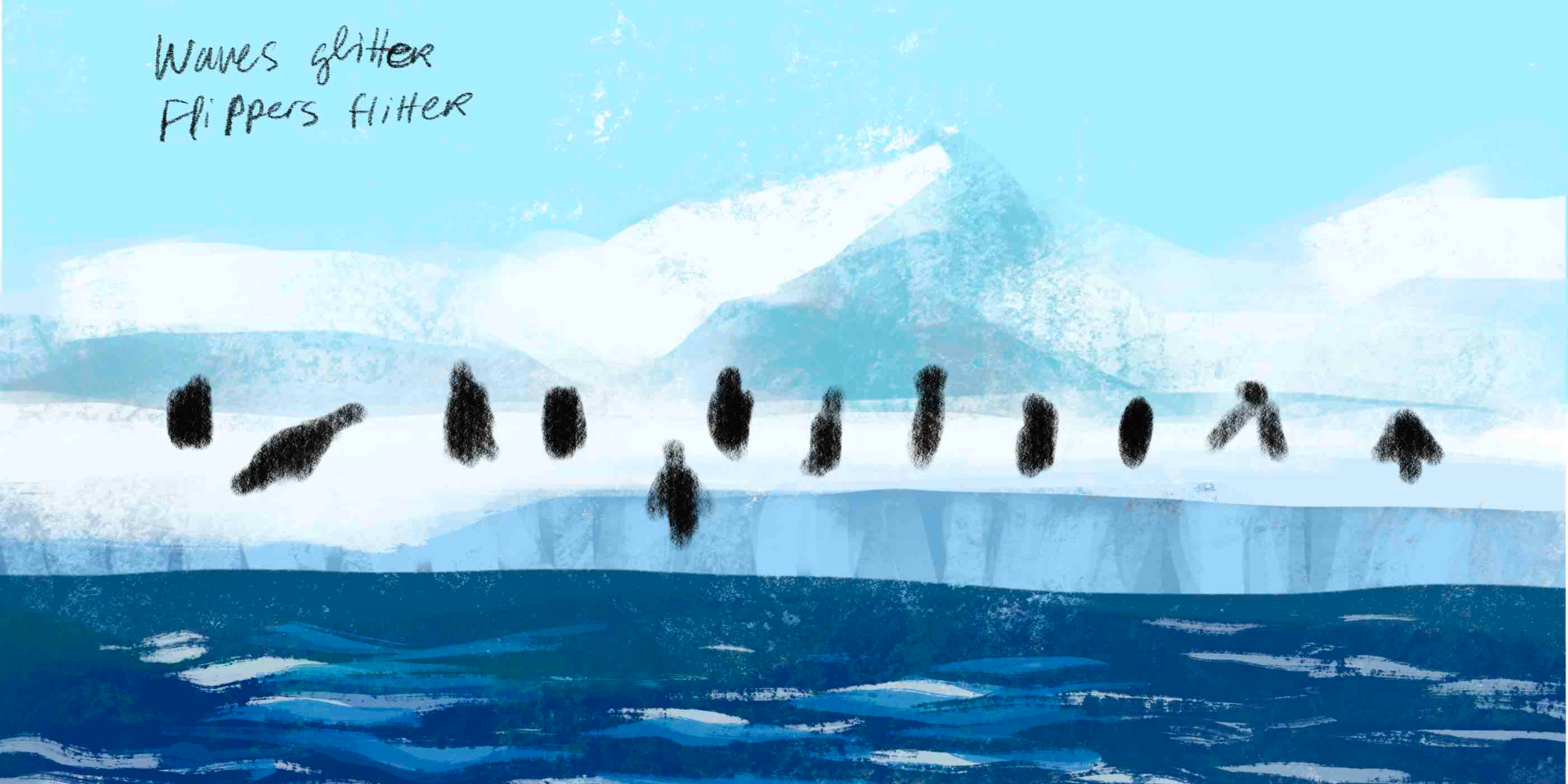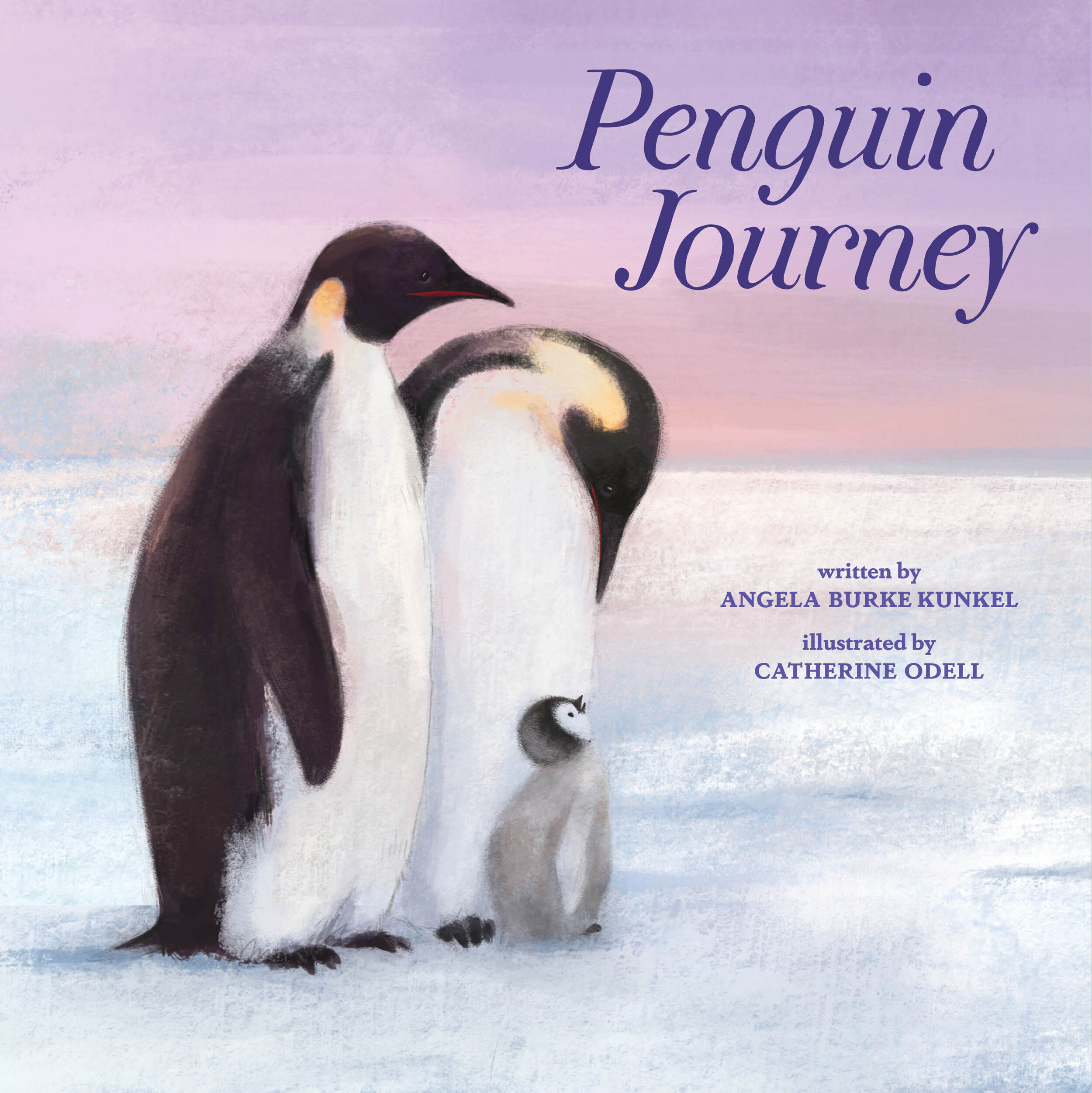By Elisa Boxer
Three years ago, as I watched this video of marine biologists pulling a plastic straw out of a sea turtle’s nose, my first thought was: This has to be a children’s book!
On shelves Tuesday, May 10, 2022!
My second thought was: This is waaaay too graphic for a children’s book.
One of my biggest challenges in writing the text was to convey the heart-wrenching tale of the sea turtle’s near-death experience, while making the story palatable and gentle enough for young readers.
But if this was my challenge, imagine what the illustrator was up against!
Marta Álvarez Miguéns
“The true story on which this book is based is quite harsh,” said Marta Álvarez Miguéns, the artist behind the book’s brilliant images. “When I saw the video about the rescue, I had a hard time watching it. I am quite sensitive to animal suffering and I don't like to see animals suffering at all,” Marta said. “I don't need to see a very difficult situation to empathize with them.”
From the moment I saw the preliminary sketches for this book, I was astounded at how Marta was able to portray the turtle as believable, yet child-friendly and relatable.
When I asked Marta how she managed to achieve this, she told me: “One of my biggest motivations in illustrating this story was to get readers to empathize with the turtle as much as possible.” Creating a turtle who was “a bit less realistic,” with a focus on “adorable” eyes from a close-up perspective, Marta told me she “tried to find a balance between sadness and hope.”
It’s a balance she struck more perfectly than I could have imagined.
Here’s an example of just how meticulously Marta’s process reflects her desire to tread thoughtfully, experiment, and refine an illustration when needed. This is an early sketch of a scene where the turtle is trapped in a trawler net:
“I had drawn one of the illustrations in which the turtle was trapped in a net in the foreground,” Marta told me, referring to the top illustration.
“In the end, I thought it was too much suffering and I preferred to make a general shot in which we could see the sad situation the turtle was in, but without so much sensationalism.”
So Marta replaced the scene on top with the one you see below it. The bottom illustration is the one that made it into the finished book.
Here it is in full color:
There’s something else about this scene that adds more emotional impact than words ever could. As you can see, Marta created “an emotional link between the fish that accompanied the turtle on its journey” and the turtle trapped in the net.
Just look at their faces! Nowhere in the text do I say anything about the fish. And yet Marta masterfully created a scene where “we see that some are trapped in the net and others are left outside looking helplessly at the situation in which they cannot do anything. I liked this illustration better because it had many more things to tell than the one with the turtle in the foreground,” she said.
In addition to capturing the emotion involved in the turtle’s harrowing journey, the book also features breathtaking underwater scenes. Marta told me she “wanted to show the beauty and richness of the environment that we should preserve.”
Thanks to Marta’s generosity, this incredible depiction of a Costa Rican coral reef from the book is available as a limited-edition, 5x7 print for anyone who orders the book through my local indie, Print: A Bookstore.
I’m so grateful to Marta for these prints, for her glorious art, and for her compassion in striking that sensitive balance between sadness and hope.
Book Details

ONE TURTLE'S LAST STRAW: The Real-Life Rescue That Sparked a Sea Change
by Elisa Boxer
Illustrated by Marta Álvarez Miguéns Pub Date: May 10, 2022
ISBN: 978-0593372463
Publisher: Crown Books for Young Readers
Elisa Boxer is an Emmy and Murrow award-winning journalist whose work has been featured in publications including The New York Times, Fast Company and Inc. magazine. She has reported for newspapers, magazines and TV stations, and has a passion for telling stories about people finding the courage to create change. She is the author of The Voice That Won the Vote, A Seat at the Table, One Turtle's Last Straw, and the forthcoming books SPLASH! and Covered in Color. Elisa lives in Maine, and you can visit her at elisaboxer.com, IG @boxerelisa, Twitter @eboxer, and Facebook.
Marta Álvarez Miguéns is an author and children's book illustrator living in A Coruña, Spain. In 2007, her artwork was selected and exhibited at the Bratislava Biennial of Illustration (BIB). She illustrated Shark Lady: The True Story of How Eugenie Clark Became the Ocean's Most Fearless Scientist, which was named one of the Best Children's Books of 2017 by Parents Magazine, and won the Blue Spruce Award in 2018. She also painted the funny and charming illustrations for What Is Poo?, which won the Silver Award at the Junior Design Awards 2017. Visit her at martalvarez.com and @martalvarez.art on IG.




















